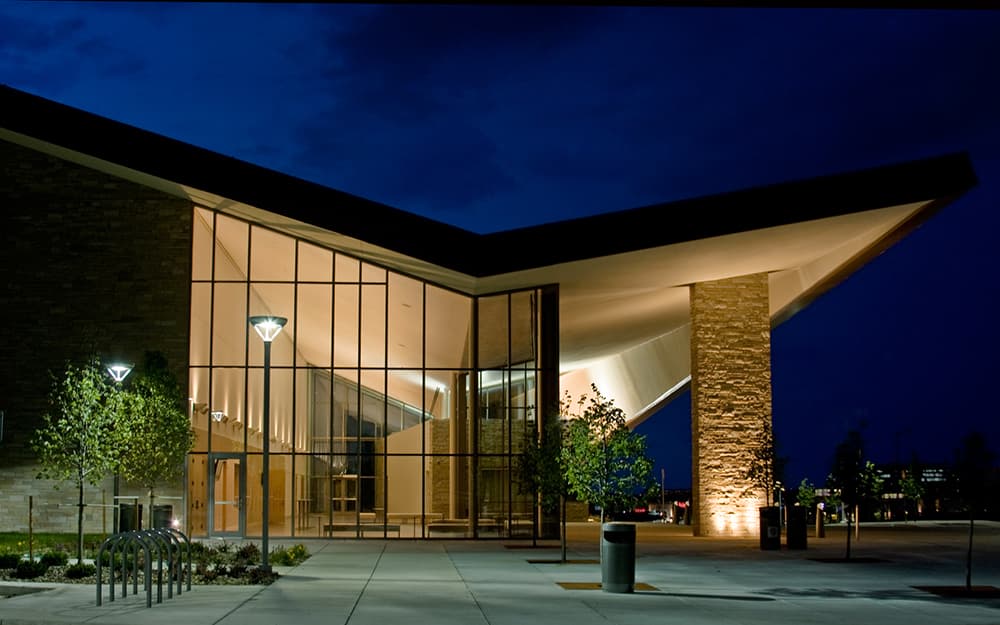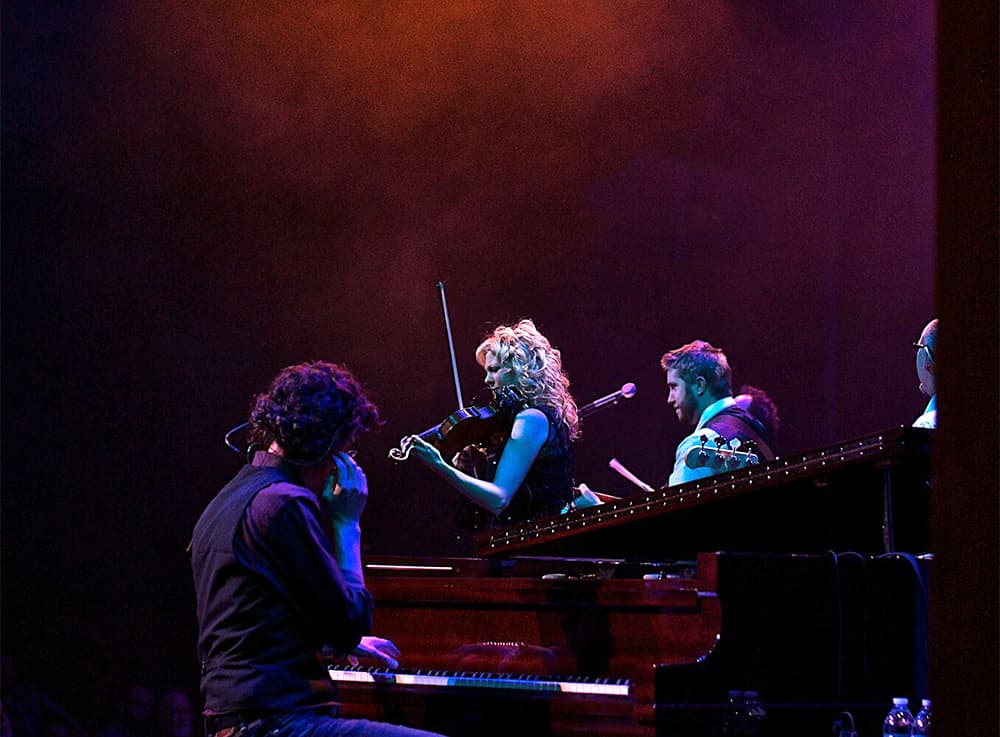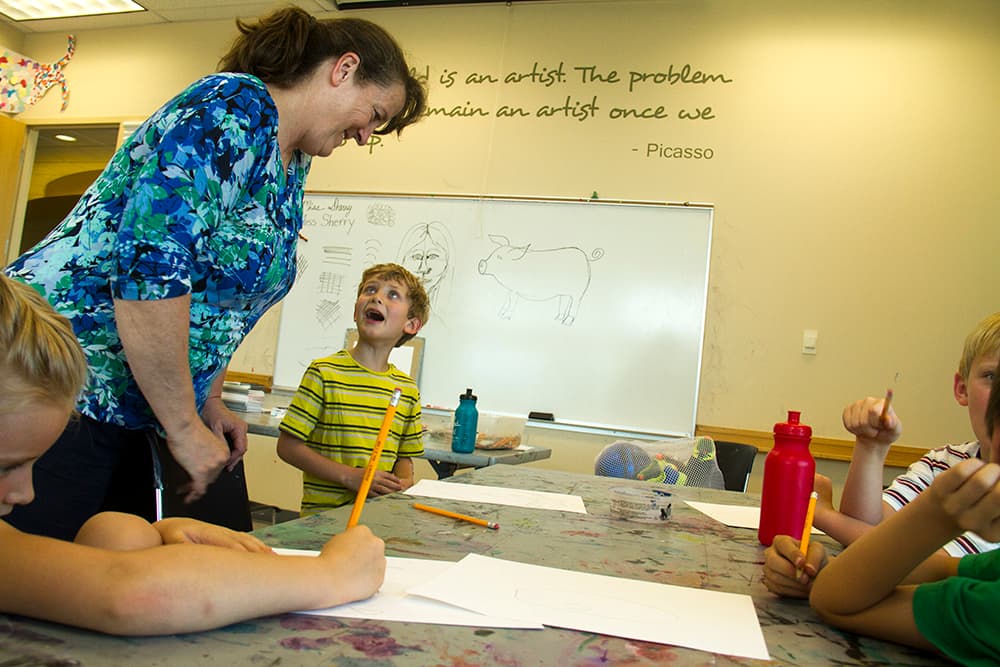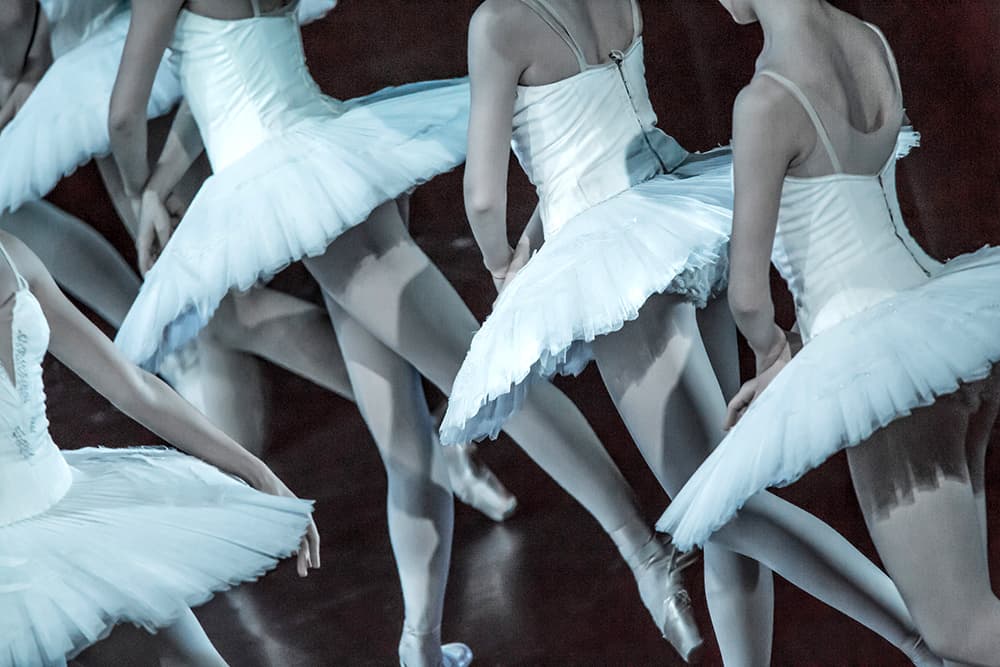
Aurora Mayor Steve Hogan sees a growing number of arts centers in the Denver metro area that are making their municipalities better places to live. And the way he sees it, the arts could do a lot for Aurora, too.
His proposal to build an arts center in the city — an endeavor in the tens of millions of dollars that would give symphonies, dance troupes and theater companies a place to perform — would also help the city pitch itself to developers scouting out sites for new housing projects and corporations looking for attractive places to relocate. First a city hears applause, the thinking goes, then it sees dollar signs.
“We can show developers our land, and explain how they get water and sewer and talk about our police and fire departments,” said Hogan. “But we can’t talk about what they can do at night.”

Hogan, who raised the idea in January and is now seeking city council support, isn’t sure where the facility would be located, or what it might look like, or who would pay for it. But there's no shortage of models in the region.
Both Lone Tree and Parker opened arts centers in 2012, and last year, Longmont added a new theater to its long-standing city museum transforming it into a genuine arts complex. They join places like Lakewood and Arvada, which have proven over the long-term that the suburbs can provide sound alternatives to the big-city art attractions in Denver’s urban core. Their offerings aren’t always in the same league; if you want to see the “The Nutcracker” with all the bells and whistles or hear the orchestra roar at full blast, you still have to head downtown. But but they do score some impressive bookings. The Lone Tree Arts Center recently presented opera’s hottest baritone Nathan Gunn. The Parker Arts Culture and Events Center had Americana legend Rosanne Cash.
But it takes more than the promise of entertainment to justify major investments in the finer arts.
That's especially true at a time when agencies like the National Endowment of the Arts report that attendance at live events has been on a steady decline for two decades. Lone Tree’s building cost $23 million. Parker spent nearly $22 million.

But there’s a solid economic argument at hand. The national advocacy group Americans for the Arts reports that the average arts attendee spend about $25 per event beyond the cost of admission on things like dining, parking and hotels. Surveys by the Colorado Business Committee for the Arts puts audience spending regionally at $926 million and the number of arts-related jobs at nearly 11,000.
There’s plenty of reason to be skeptical of data from any organization that has “for the arts” in its name, but even if the numbers are inflated by half, that is a lot of action to get in on, and having an arts center with hundreds of in-house programs a year surely helps.
Here's what art centers do for communities (beyond art).

In five fast years, the Lone Tree Arts Center has shown just how much a cultural headquarters can do for a growing city. Like its peers, it has a combination of amenities, an art gallery, classrooms and rehearsal space, and a 484-seat theater which presents a combination of high-quality touring shows, locally produced theater and scores of events put on by area schools and community organizations.
The venue has brought decent business to nearby retail but its secret to deeper success has been to shape its programming around the real demands of the area. “We listened to what people were saying they needed,” said Executive Director Lisa Rigsby Peterson
That meant, in addition to nighttime attractions, starting a monthly series for little kids, ages one to four, whose parents had few options for entertainment in the sprawling suburb. It meant responding to local school teachers' complaints about taking students to see theater in other towns and starting a program of its own, which nows serves 15,000 students a year and saves the time and money of long bus rides.
It meant watching the local spike in population of seniors and establishing a classical concert series in the afternoons, making it easier for a group that can be challenged by downtown traffic and parking to actually extend their concert-going years into more advanced ages.

The center increases accessibility to art into every corner. It serves the developmentally disabled with shows geared toward customers who are sensitive to volume, lights and sudden sounds. When the center heard about the difficulties of finding activities for the part of this demographic who had aged out of the school system, it began yet another program. Nathan Gunn presented the group with an opera workshop when he was in town.
So, there’s all that, plus a spike in home prices within walking distance of the theater and a nice little boost for the Italian restaurant down the street.
“Before we opened they were struggling a lot,” said Lisa. “Now if you don't reservation, you're never going to get in if there’s something going on at the art center.”
Art centers can also boost a city’s image beyond its borders.
Parker’s building, which also features a theater, gallery space and classrooms, is one of the better-looking pieces of architecture in the southern counties, designed by Semple Brown, the same firm that brought downtown’s elegant Ellie Caulkins Opera House back to life a few years ago.
The Lakewood Cultural Center has made the city a destination for outsiders, drawing a significant crowd from Denver and competing successfully with both the Denver Performing Arts Center and the Newman Center for the Arts at the University of Denver — if on a much more intimate scale.
Its secret weapon: high-quality programming. The Lakewood Cultural Center Presents series imports some of the country’s most highly-regarded performing groups into its 320-seat theater, which, with its excellent sight lines and a sharp rake, might be the best place to see dance in the entire Front Range.
So, in addition to giving Lakewood a place for summer camps and school programs, and hosting crucial community events like graduations and recitals, the center makes Lakewood a cultural leader regionally, a boost to civic pride that doesn’t cost all that much. The Lakewood Presents series covers its own costs over the course of a season, said Executive Director Susan Martin, who books the acts.

Community art centers do have some artistic limitations.
Government sponsorship of the arts, no matter its form, tends to be on the safe side side. Programming has to stay neutral politically, so it’s not pushing a particular agenda. Don’t expect too much cussing or nudity or avant grade thinking, either, and that means a lot of the best, and current, art, is off limits.
Even Martin, who keeps her standards very high, acknowledges Lakewood’s offerings “are not really cutting edge.” She can’t do what an academically-linked theater, like DU’s Newman Center might be capable of. “We’re trying to walk a line so that we still help people think and question things, but only push the envelope a little bit.”
It may be one reason why a politically-charged place like Boulder has resisted the trend of building a municipal arts center. The city already benefits from the University of Colorado’s high-minded “CU Presents” series and there’s a lot of avant grade programming around that campus, like the electronic-music based Boulder Laptop Orchestra, so why step into that minefield?
Artistic freedom is one of the reasons the Arvada Center for the Arts and Humanities, the grandaddy of all suburban art temples, cut off its official ties with the city this July, after 40 years. Arvada is known far and wide for its musical theater and Colorado-centric art gallery, but it’s never been all that adventurous.
The center has also had some challenges raising private contributions for new projects, a common problem for government art centers. People just don’t see the wisdom of donating to culture when they’re already funding a facility through their tax dollars. The separation agreement between the city and the center should help alleviate both the art and money limitations; the government is promising to continue its nearly $4 million a year subsidy of the complex but the center will have the programming flexibility of a nonprofit.
So what can Aurora learn from the region's art centers?
Mayor Hogan likes the programming in Lone Tree and Parker. He likes how Arvada has used it to become a destination and he like how all the centers serve as community gathering places.
He’s also has the benefit of some more current thinking in the way governments get big projects done. Why not a investigate a public-private partnership, like the one that made Denver’s Union Station redevelopment happen?

The other big question is location. Should Aurora build in the Colfax Avenue corridor and try to reinvigorate an ailing part of town? Or should it build in the geographic center, closer to government services complex, and bring a soul to a new section of the city. Maybe it should be near the Gaylord Rockies Resort and Convention Center, set to debut in 2018 as Colorado’s largest hotel, where it could program in a bigger way and impact tourism.
Hogan is into all those squishy things that come up when we talk about art — community building, enlightenment, education communication across demographics. But he also wants to do whatever it takes to raise the curtain on his plan.
“We need a performing arts center and we also need a a place where people can get together for a number of reasons, for anything from arts-related to community-related things.”










